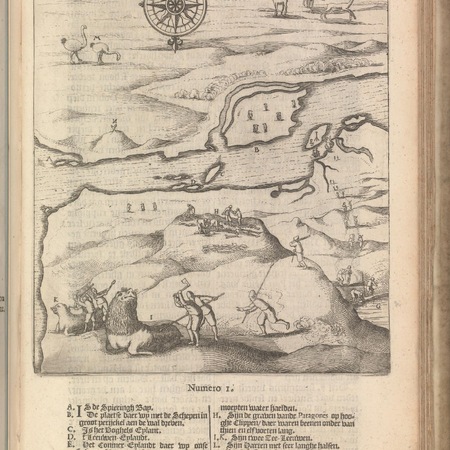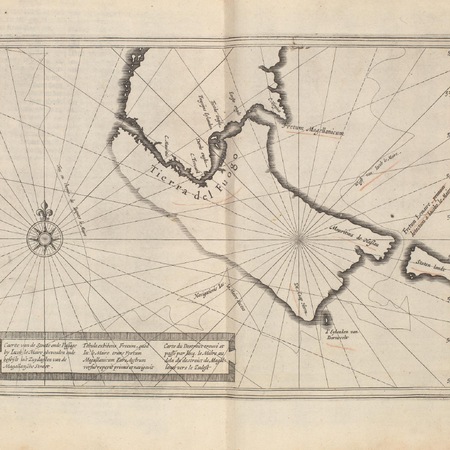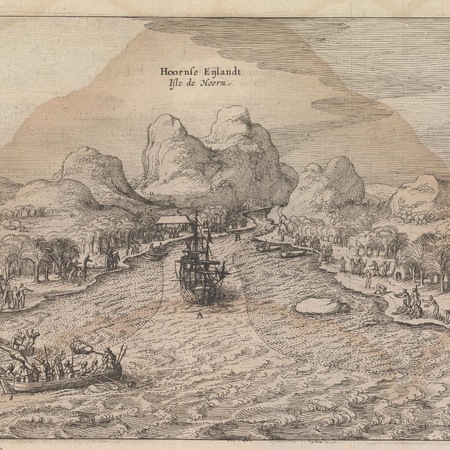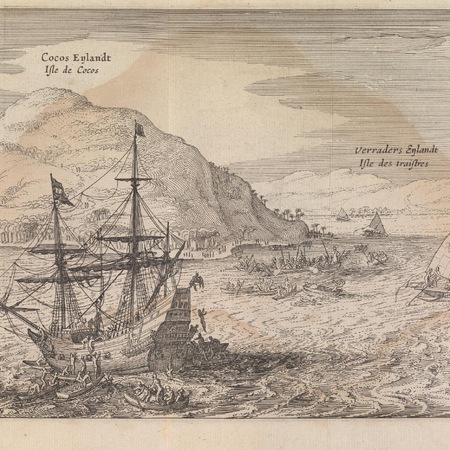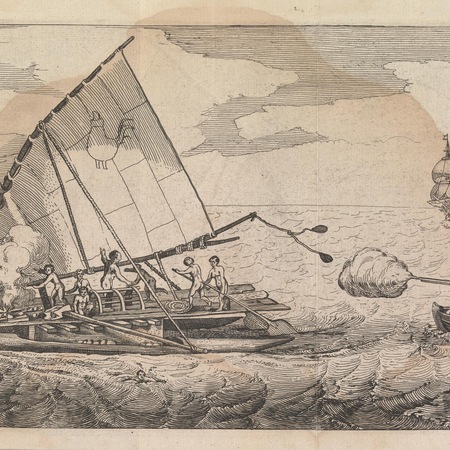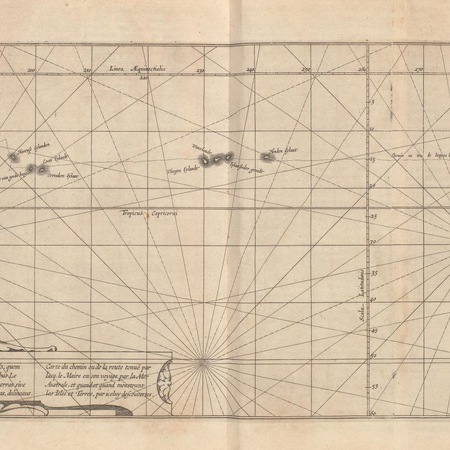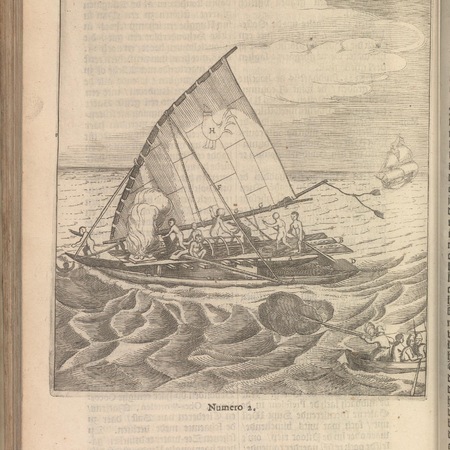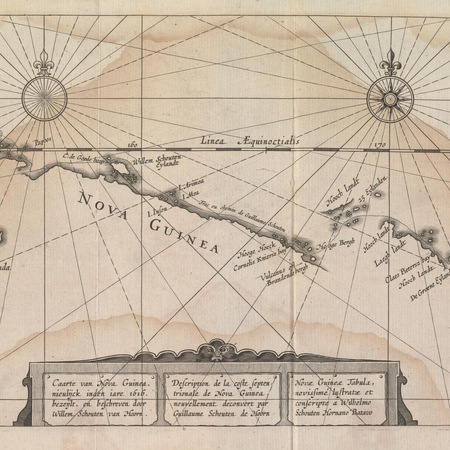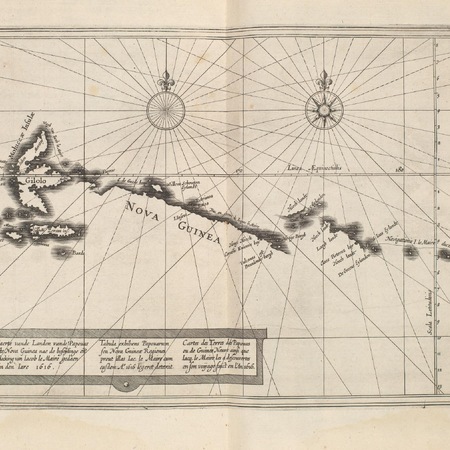In 1615 a small expedition of two ships left the Dutch Republic with the goal to find a new passage to the Pacific Ocean and the East Indies south of the Strait of Magellan. The expedition was organised and financed by the Australian Company, which was set up by wealthy merchants of Hoorn. The expedition had gained the permission from the States General to search for this passage and, if they were successful, to trade in Asia and the Pacific despite the VOC monopoly over the area. They also hoped to find the so-called Terra Australis, a supposed large continent in the Pacific Ocean which they hoped was rich in resources. The expedition was led by Willem Cornelisz. Schouten and Jacob le Maire, son of Isaac le Maire who had a large hand in financing the expedition.
The Eendracht and Hoorn departed on 14 June 1615 from Texel. The ships first sailed to the western coast of Africa and then followed the winds and currents to South America. They sailed south along the continent and stopped at Puerto Desire in December to restock on supplies. Here the Hoorn was lost due to a fire and the expedition had to continue with only the Eendracht. In January 1616 Schouten and Le Maire sailed along the eastern coast of Tierra del Fuego and discovered a new passage south of the Strait of Magellan, which they named the Strait of Le Maire. Opposite the coast they saw a land, which they named the States Land, after the States General of the Dutch Republic. They were at the time not sure if this was a large body of land or a smaller island. They continued further south and rounded the southern tip of Tierra de Fuego at a cape they named Cape Hoorn. From there they reached the Pacific Ocean and thereby succeeded in the mission to find their new passage.
The expedition then continued north along the coast of Chile before turning northwest at the Juan Fernandez islands. When they reached 15 degrees southern latitude, the Eendracht continued westwards hoping to find Terra Australis. While they never discovered the mythical continent, Schouten and Le Maire encountered several inhabited islands in the Pacific. Eventually a decision was made to sail further north and effectively abandon the search for Terra Australis. The Eendracht sailed past the Solomon Islands, New Ireland, New Britain and reached the northern coast of New Guinea. Via the Moluccan islands Halmahera and Ternate Schouten and Le Maire sailed to Jacatra, which they reached in October 1616.
The VOC Governor-General Jan Pietersz. Coen declared that Schouten and Le Maire had violated the VOC’s monopoly and seized the Eendracht despite Le Maire’s protests. Schouten and Le Maire were sent back to the Republic with Joris van Spilbergen’s return fleet. In December Le Maire passed away during the voyage, which gave Willem Schouten an opportunity to be the first to publish the story of their expedition and to claim the main credit for the new passage. Van Spilbergen published Le Maire’s journal in his own publication on his circumnavigation of the world.


